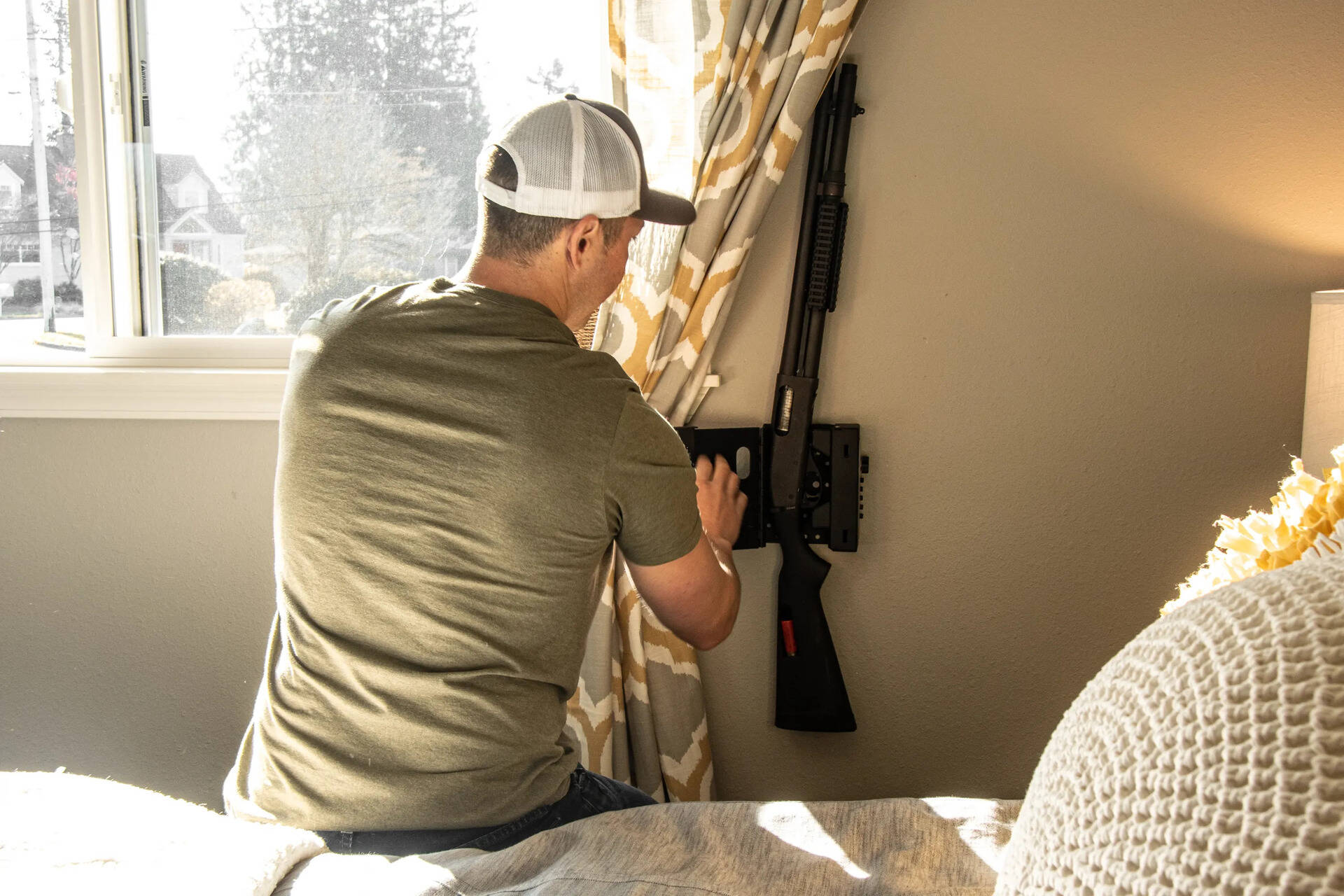

Articles
How To Store A Gun For Home Protection
Modified: October 20, 2024
Learn the proper way to store a gun for home protection with our informative articles. Follow our expert tips to ensure safety and security.
(Many of the links in this article redirect to a specific reviewed product. Your purchase of these products through affiliate links helps to generate commission for Storables.com, at no extra cost. Learn more)
Introduction
When it comes to home protection, many people choose to keep a gun for added security. However, owning a gun also comes with the responsibility of safe storage. Proper gun storage is crucial to ensure the safety of everyone in your household, especially children and unauthorized individuals.
Storing a gun safely not only prevents accidents but also helps in preventing theft or misuse of firearms. In this article, we will discuss the importance of proper gun storage for home protection and explore various factors to consider when storing a gun.
By following the best practices for safe gun storage, you can ensure that your firearm is secure and accessible when needed. We will also delve into different types of gun storage options, such as safes and locking devices, and provide additional safety measures to consider.
Furthermore, proper maintenance and cleaning of stored guns is crucial to ensure their reliability and performance. We will cover essential tips for maintaining your stored firearms in optimal condition.
By the end of this article, you will have a comprehensive understanding of the importance of safe gun storage and the best practices to implement for home protection. Let’s dive in!
Key Takeaways:
- Proper gun storage is crucial for home protection, preventing accidents, theft, and unauthorized access. Consider accessibility, security, and compliance with local laws when choosing a storage method.
- Regular maintenance and cleaning of stored firearms are essential for longevity and reliability. Follow manufacturer recommendations, conduct regular inspections, and prioritize safe ammunition storage to ensure optimal performance.
Importance of Proper Gun Storage for Home Protection
Proper gun storage is essential for maintaining a safe and secure environment in your home. Here are some reasons why responsible storage of firearms is crucial for home protection:
- Prevention of Accidental Discharge: Storing a gun in a safe and secure manner significantly reduces the risk of accidental discharge. Unintentional misfires can lead to severe injuries or even fatalities, especially when firearms are mishandled by curious children or inexperienced individuals.
- Protection against Unauthorized Access: Properly securing your gun prevents unauthorized individuals from gaining access to your firearm. This is especially important if you have children or if there are people in your home who may be at risk of self-harm or harm to others. By storing your gun safely, you eliminate the potential for tragic accidents or intentional misuse.
- Deterrence of Theft: Firearms are appealing targets for burglars. By using secure storage options, such as safes or lockable cabinets, you can significantly decrease the likelihood of your guns being stolen. Safeguarding your firearms not only protects your property but also ensures that they do not end up in the wrong hands, potentially being used in criminal activities.
- Compliance with Legal and Ethical Obligations: Proper storage of firearms is often required by law. Many jurisdictions have specific regulations regarding gun storage, especially if you have children in the household. By following these guidelines, you not only fulfill your legal obligations but also demonstrate responsible firearm ownership.
- Promotion of a Safety Conscious Culture: Implementing secure gun storage practices helps promote a culture of safety within your home. By taking proactive measures to protect your family and others, you set an example for responsible gun ownership. It is essential to educate anyone in your household about the proper handling and storage of firearms to ensure everyone’s well-being.
By recognizing the importance of safe gun storage for home protection, you are taking crucial steps towards creating a secure and responsible environment. Now, let’s explore the factors to consider before storing a gun safely.
Factors to Consider Before Storing a Gun
Before you store your gun, there are several important factors to consider. These factors will ensure that you select the most suitable storage method for your specific needs. Let’s examine these factors in detail:
- Accessibility: Consider how quickly and easily you need to access your firearm in case of an emergency. If you require immediate access, you may need a storage option that allows for quick retrieval, such as a biometric safe or a lockbox. However, if accessibility is not a primary concern, a heavier safe or lockable cabinet may be more appropriate.
- Security: Evaluate the level of security you need for your stored firearm. This will depend on factors such as your location, the presence of children or unauthorized individuals in your household, and the potential for theft. Choose a storage solution that offers adequate protection against unauthorized access and theft, such as a combination or digital keypad lock, reinforced steel construction, or tamper-resistant features.
- Storage Capacity: Consider the number of firearms you need to store. If you have multiple guns, you will require a storage option with sufficient capacity. Safes and cabinets come in various sizes, so assess your needs and select one that can accommodate all your firearms securely.
- Location: Determine where you will store your gun. It should be in a location that is easily accessible to you but inaccessible to unauthorized individuals. Choose a spot that is not easily visible or accessible to potential intruders, such as a locked closet, a dedicated gun room, or even a hidden compartment.
- Climate and Environmental Conditions: Consider the climate and environmental factors when selecting a storage option. Extreme temperatures, humidity, and exposure to moisture can damage firearms over time. Look for storage options with features such as climate control, rust-resistant materials, or dehumidifiers to protect your guns from potential damage.
- Compliance with Local Laws and Regulations: Research and understand the specific storage requirements and regulations in your local jurisdiction. Some areas have specific laws regarding gun storage, including locking mechanisms, storage locations, and accessibility guidelines. Ensure that you are compliant with these laws to avoid any legal issues.
By carefully considering these factors, you can choose the most suitable storage method for your needs. In the next section, we will explore best practices for safe gun storage.
Best Practices for Safe Gun Storage
Ensuring the safe storage of your firearms is essential for both the security of your household and the prevention of accidents. Here are some best practices to follow when it comes to storing your guns:
- Unload Firearms: Before storing your firearms, always ensure they are unloaded. Remove all ammunition from the gun and double-check the chamber to confirm it is empty. Keep the ammunition stored separately.
- Store in a Locked Container: Store your guns in a locked container that is inaccessible to unauthorized individuals, especially children. This can be a gun safe, a lockable cabinet, or a lockbox specifically designed for firearms.
- Choose Strong and Secure Locks: Opt for high-quality locks that are resistant to tampering or forced entry. Combination locks, digital keypad locks, or biometric locks are all effective options to consider.
- Separate Guns and Ammunition: Store guns and ammunition separately. This serves as an additional safety precaution and helps prevent accidental loading or unauthorized use of the firearm.
- Secure Storage Location: Place your storage container in a secure location that is not easily visible or accessible to potential intruders. Consider anchoring the container to a solid structure to deter theft.
- Educate and Communicate: Educate everyone in your household, including family members and trusted individuals, about the importance of gun safety and the proper storage procedures. Set clear rules and ensure that everyone understands and follows them.
- Regularly Check and Maintain: Conduct regular checks of your storage container to ensure it is in proper working condition. Additionally, practice proper gun maintenance to keep your firearms in optimal condition.
- Implement Security Alarms: Consider using security alarms or monitoring systems to provide an extra layer of protection for your gun storage area. This can alert you to any unauthorized access attempts.
- Keep Storage Keys or Combinations Secure: Store your storage container’s keys or combinations in a secure location, separate from the actual storage area. Only share this information with trusted individuals who may need access in case of an emergency.
By following these best practices, you can ensure that your firearms are stored safely and securely. However, there are various types of storage options available, each with its own set of advantages. Let’s explore some commonly used gun storage options in the next section.
Types of Gun Storage Options
When it comes to gun storage, there are several options available to suit different needs and preferences. Here are some commonly used gun storage options:
- Gun Safes: Gun safes are highly secure storage options designed to protect firearms from theft, unauthorized access, and fire damage. They are made of heavy-duty steel with advanced locking mechanisms, such as combination locks, electronic locks, or biometric scanners. Gun safes come in various sizes and can accommodate multiple firearms, ammunition, and other valuables.
- Locking Cabinets and Cases: Locking cabinets and cases provide a less expensive alternative to gun safes while still offering a decent level of security. They are typically made of steel or heavy-duty plastic and feature key locks or combination locks. These cabinets can be wall-mounted or portable and are ideal for storing a smaller number of firearms.
- Lockboxes: Lockboxes are compact and portable storage containers with secure locking mechanisms. They are usually made of steel or heavy-duty polymer and are designed for quick and easy access to a firearm while ensuring its security. Lockboxes are suitable for individuals who need to carry their firearms with them or require immediate access at home.
- In-Wall or In-Floor Safes: In-wall or in-floor safes are concealed options that can be installed directly into a wall or floor for discreet storage. They offer excellent security and are difficult to notice or remove. These safes provide a hidden and secure storage option for those who prioritize the aesthetics and confidentiality of their gun storage.
- Trigger Locks and Cable Locks: Trigger locks and cable locks are additional safety devices that can be used in conjunction with other storage options. These locks prevent the firearm from being operated by securing the trigger or locking the action. They are relatively inexpensive and can be used to add an extra layer of safety to stored firearms.
When selecting a gun storage option, consider your specific needs, budget, available space, and level of security required. It is recommended to choose a storage option that meets both your accessibility and security preferences.
Now that we have explored different types of gun storage options, let’s delve deeper into the specifics of gun safes and other secure locking devices in the next sections.
Store your gun in a secure and easily accessible location, such as a biometric safe or quick-access lock box. Keep it unloaded and separate from ammunition to prevent accidents.
Safes for Gun Storage
Gun safes are an excellent choice for individuals looking for maximum security and protection for their firearms. Here are some key features and considerations to keep in mind when selecting a gun safe for storage:
- Size and Capacity: Gun safes come in various sizes, ranging from compact options that can hold a single handgun to larger safes capable of accommodating multiple rifles, shotguns, and handguns. Assess your current and future firearm storage needs to determine the appropriate size and capacity of the safe.
- Construction and Durability: Look for gun safes that are made of thick, solid steel construction to ensure enhanced durability and resistance to tampering and break-ins. The door should be pry-resistant and ideally feature multiple locking bolts. Additionally, opt for safes with fire-resistant features to protect your firearms from damage in case of a fire.
- Locking Mechanism: Different gun safes offer various locking options, including combination locks, electronic locks, or biometric locks. Combination locks require a specific sequence of numbers, electronic locks use a digital keypad, and biometric locks utilize fingerprint scanning. Choose the locking mechanism that suits your needs in terms of convenience and security.
- Mounting and Anchoring: Consider the option to mount or anchor the gun safe to the floor or wall. This adds an extra layer of security and prevents thieves from easily removing or tampering with the safe. Check if the safe comes with pre-drilled holes or mounting hardware for easy installation.
- Interior Organization: Look for safes that provide adjustable shelves, racks, or compartments to efficiently organize your firearms, ammunition, accessories, and other valuables. This ensures easy access and prevents damage or scratches to your firearms.
- Additional Features: Some gun safes may offer additional features such as interior lighting, built-in power outlets, dehumidifiers, or even connectivity to home security systems. Consider these features based on your specific requirements and preferences.
- Certifications and Ratings: Look for gun safes that have been tested and certified by reputable organizations, such as Underwriters Laboratories (UL) or the California Department of Justice (DOJ). These certifications ensure that the safe meets certain quality and security standards.
Investing in a high-quality gun safe provides peace of mind by ensuring that your firearms are secure and protected from theft, unauthorized access, and potential damage. Remember to regularly maintain and inspect your gun safe to ensure its proper functioning over time.
In the next section, we will explore other locking devices that can be used in conjunction with gun safes or as standalone options for gun storage.
Locking Devices for Gun Storage
In addition to gun safes, there are various locking devices available that provide an extra layer of security for gun storage. These devices can be used in conjunction with other storage options or as standalone solutions. Here are some commonly used locking devices for gun storage:
- Trigger Locks: Trigger locks are simple and affordable devices that prevent a firearm from being fired by securing the trigger mechanism. These locks fit around the trigger guard and either cover the trigger entirely or block it with a pin or key. Trigger locks are particularly effective in preventing accidental discharges and unauthorized use.
- Cable Locks: Cable locks are versatile locking devices that secure firearms by locking the action or preventing the insertion of ammunition. They consist of a strong cable loop that can be threaded through the firearm’s action, rendering it inoperable. Cable locks are lightweight, portable, and compatible with various types of firearms.
- Padlocks and Hasps: Padlocks and hasps are classic locking devices that can be used in combination with cabinets, boxes, or other storage containers. They provide a basic level of security by locking the container with a bolt-style lock. Ensure that you choose padlocks with thick shackles that are resistant to cutting.
- Keyed Locks: Keyed locks are commonly used in combination with locking cabinets or cases. These locks use a traditional key to secure the container and prevent unauthorized access. Keyed locks are relatively simple to use and offer an affordable locking solution.
- Biometric Locks: Biometric locks use fingerprint scanning technology to grant access to firearms. These locks are highly secure and ensure quick and easy access for authorized individuals while keeping unauthorized users at bay. Biometric locks are commonly found in safes and lockboxes.
- Electronic Keypad Locks: Electronic keypad locks feature a digital keypad for inputting a pin or combination to unlock a storage container. These locks offer convenience and quick access while maintaining a high level of security. Electronic keypad locks are commonly found in gun safes and lockboxes.
Locking devices can serve as effective deterrents and prevent unauthorized access to firearms. It is important to remember that these devices should not be the sole solution for gun storage. They work best when used in conjunction with other secure storage options like gun safes or lockable cabinets.
Remember to choose locking devices that are compatible with your firearms and ensure they are used properly and consistently. Regularly check the functionality and condition of your locking devices to ensure they remain effective and reliable.
In the next section, we will discuss additional safety measures to consider when storing firearms for home protection.
Additional Safety Measures for Gun Storage
When it comes to gun storage, implementing additional safety measures can further enhance the security and protection of your firearms. Here are some important safety measures to consider:
- Education and Training: Ensure that everyone in your household who may come into contact with firearms receives proper education and training on gun safety. This includes understanding the basic principles of firearm handling, safe storage practices, and the importance of never pointing a firearm at anyone or anything unintentionally.
- Secure Ammunition Storage: Apart from storing firearms securely, it is crucial to store ammunition safely as well. Keep ammunition in a separate locked container, away from firearms. This prevents unauthorized access and eliminates the risk of someone accidentally loading a firearm.
- Store Disassembled or with Parts Removed: Consider storing firearms disassembled or with crucial parts removed, such as the bolt or firing pin. This adds an extra layer of safety by making the firearm inoperable even if it were somehow accessed by unauthorized individuals.
- Serial Number and Inventory: Keep a record of the make, model, and serial number of each firearm you own. This information is helpful in the event of theft or loss. Additionally, regularly update and review your firearm inventory to ensure all firearms are accounted for.
- Alarm Systems and Surveillance: Installing alarm systems and surveillance cameras in your home can deter potential thieves and provide an added layer of security. These systems can alert you to any unauthorized access attempts and help law enforcement in identifying and apprehending suspects in case of a break-in.
- Regular Inventory and Audit: Conduct regular inventories of your firearms to ensure they are all accounted for. This is especially important if you have a collection of firearms. Periodically audit your storage options and ensure that they are functioning properly and meeting your security needs.
- Secure Storage of Spare Keys or Combinations: If you have spare keys or combinations for your gun safes or storage containers, keep them secure in a separate location. Avoid storing them in obvious places or areas that are easily accessible to others. Only share this information with trusted individuals who may need access in case of an emergency.
- Stay Informed and Compliant with Laws: Stay informed about local, state, and federal laws regarding gun storage and firearm ownership. Ensure that you comply with all legal requirements and regulations in your jurisdiction to avoid any potential legal issues.
By implementing these additional safety measures, you can further strengthen the security and protection of your firearms, minimizing the risk of accidents or unauthorized access.
In the final section, we will discuss the importance of regular maintenance and cleaning of stored guns.
Maintenance and Cleaning of Stored Guns
Maintaining and cleaning your stored guns is essential for their longevity, reliability, and overall performance. Even when guns are safely stored, they still require regular maintenance to ensure they remain in optimal condition. Here are some important considerations for maintaining and cleaning your stored firearms:
- Regular Inspection: Regularly inspect your stored firearms for any signs of damage, rust, or wear. Check for any loosened screws or parts that may require tightening. This allows you to identify and address any issues before they worsen.
- Cleaning Frequency: While stored, firearms should be cleaned and lubricated at regular intervals, typically every few months or as recommended by the manufacturer. Even if they haven’t been fired, environmental factors can contribute to the buildup of dust, debris, or moisture, which can impact the gun’s performance over time.
- Disassembly and Cleaning: Disassemble your firearm according to the manufacturer’s instructions to access all its components for thorough cleaning. Use specialized gun cleaning solvents, brushes, and patches to remove dirt, carbon buildup, and other residues from the barrel, chamber, and other parts of the gun.
- Lubrication: After cleaning, apply an appropriate gun lubricant to all moving parts of the firearm. This helps reduce friction, prevents corrosion, and ensures smooth operation. Be cautious not to over-lubricate, as excessive oil or grease can attract dust and debris.
- Storage Environment: Maintain a clean and suitable environment for storing your firearms. Ensure the storage area is dry, well-ventilated, and free from extreme temperature fluctuations. Excessive humidity can lead to rust, while excessive dryness can cause components to become brittle.
- Protective Coatings: Consider applying protective coatings, such as gun oil or rust inhibitors, to the external metal surfaces of your firearms. These coatings provide an additional layer of protection against corrosion and help preserve the aesthetics of your guns.
- Proper Ammunition Storage: When storing ammunition, ensure it is kept in a cool and dry place. Avoid exposure to extreme temperatures, moisture, or direct sunlight. Properly stored ammunition retains its reliability and performance.
- Follow Manufacturer Recommendations: Always follow the manufacturer’s instructions and recommendations for cleaning, maintenance, and storage of your specific firearms. Each firearm may have unique requirements that should be observed to ensure proper care and functioning.
Regular maintenance and cleaning of stored firearms not only preserve their condition but also ensure their safety and reliability when they are needed. By following these guidelines, you can extend the lifespan of your guns and maintain their optimal performance.
Now that we have covered the importance of maintenance and cleaning, let’s conclude this article.
Conclusion
Proper gun storage is of paramount importance for home protection. Storing firearms safely not only prevents accidents but also deters theft, protects against unauthorized access, and ensures compliance with legal obligations. By following the best practices outlined in this article, you can maintain a secure and responsible environment for your firearms.
Before storing a gun, consider factors such as accessibility, security, storage capacity, location, and compliance with local laws. These considerations will help you choose the most suitable storage option for your firearms. Gun safes, locking cabinets, lockboxes, in-wall or in-floor safes, trigger locks, cable locks, and padlocks are among the common options for gun storage.
In addition to selecting the appropriate storage option, implementing additional safety measures like education and training, secure ammunition storage, and regular firearm inspections can enhance the security and protection of your firearms.
Maintaining and cleaning stored guns is equally vital for ensuring their longevity, reliability, and optimal performance. Regular inspection, cleaning, lubrication, and adherence to manufacturer recommendations will help keep your firearms in excellent condition.
By prioritizing safe gun storage practices and implementing these measures, you can create a secure environment for your firearms, reduce the risk of accidents, and protect your loved ones and property.
Remember, responsible gun ownership goes beyond storing firearms safely. It also involves ongoing education, training, and awareness of local regulations. Stay informed, practice proper safety protocols, and promote a culture of responsible gun ownership in your home.
With these guidelines in mind, you can confidently store your firearms and enjoy peace of mind knowing that you have taken the necessary steps to ensure their safety and security.
Frequently Asked Questions about How To Store A Gun For Home Protection
Was this page helpful?
At Storables.com, we guarantee accurate and reliable information. Our content, validated by Expert Board Contributors, is crafted following stringent Editorial Policies. We're committed to providing you with well-researched, expert-backed insights for all your informational needs.
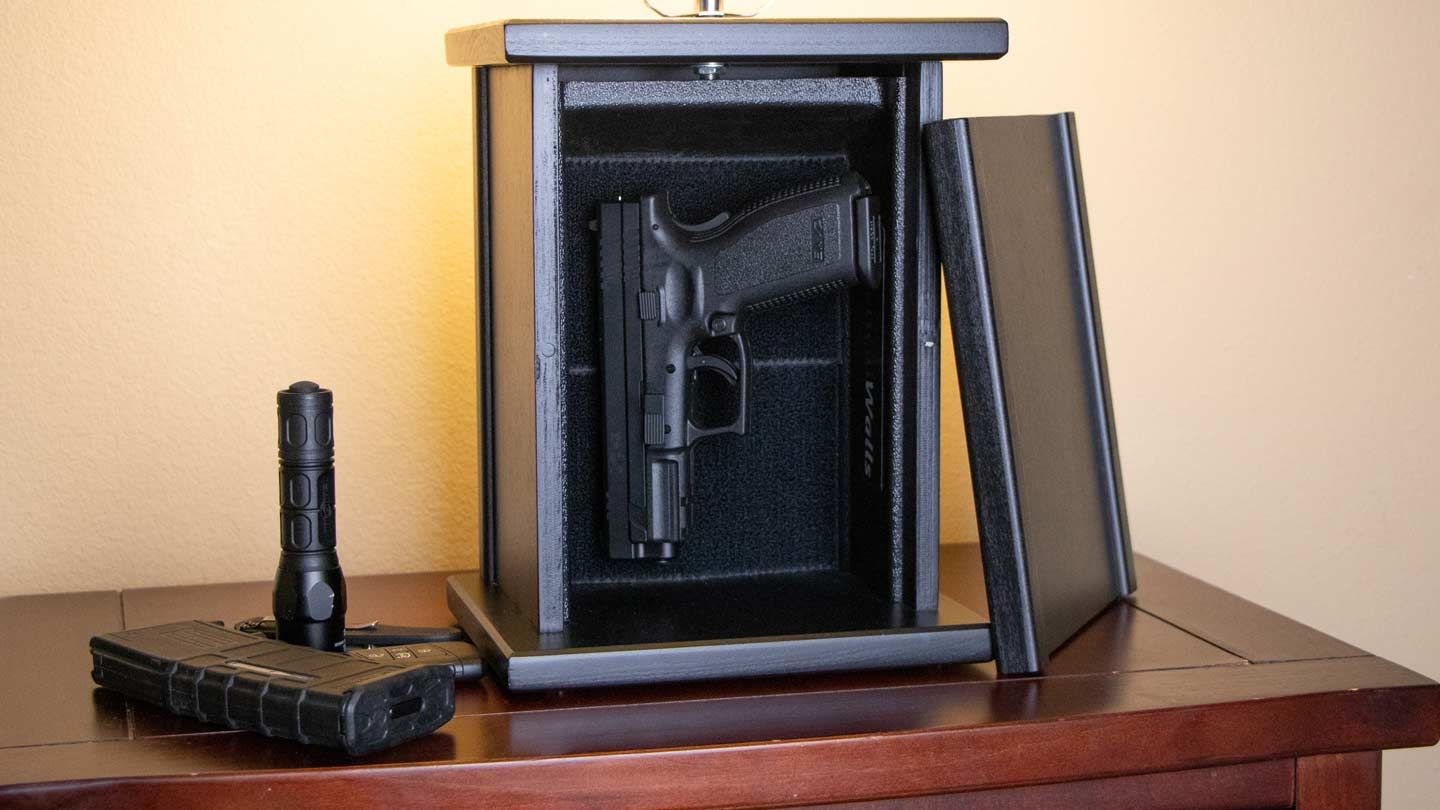
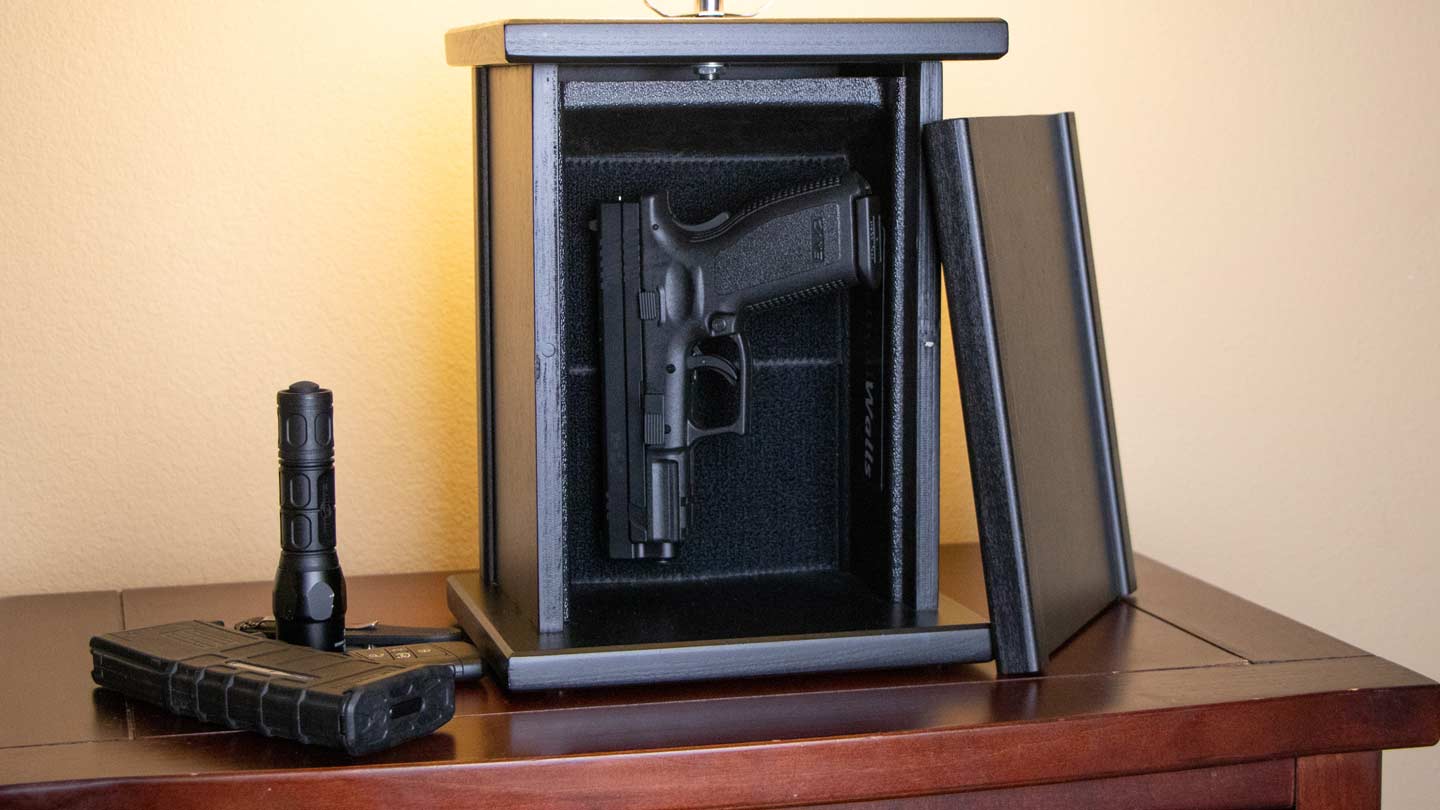
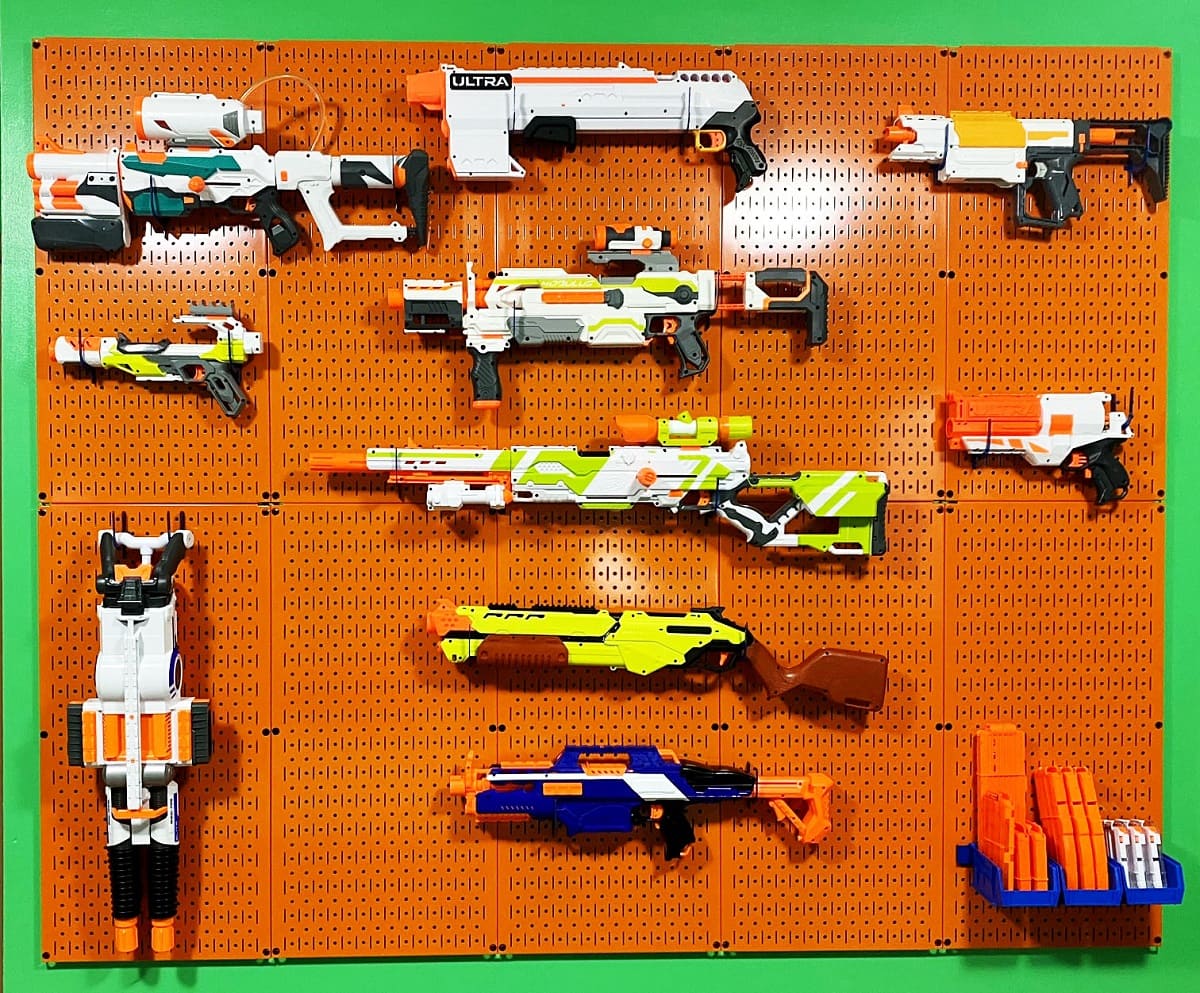

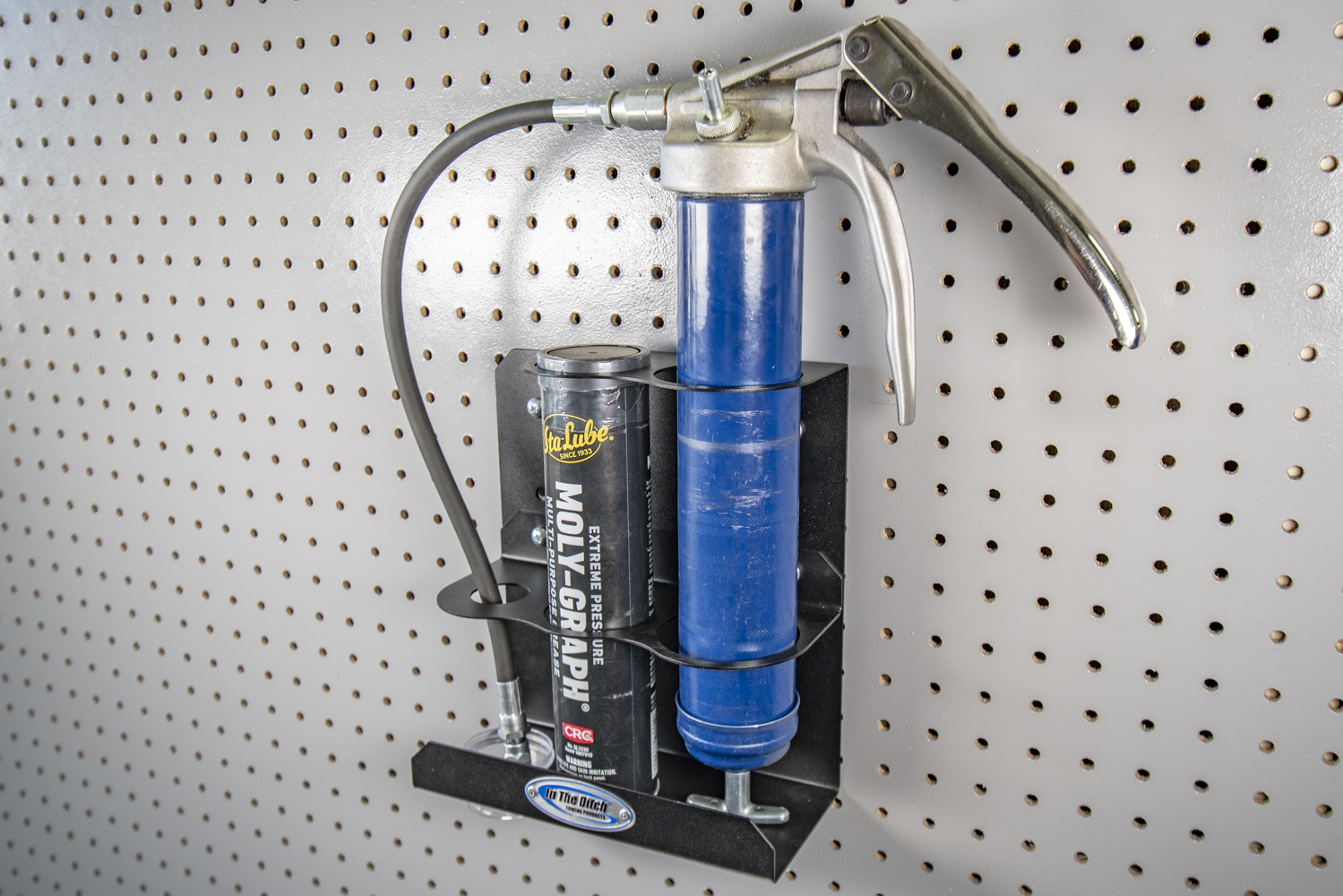

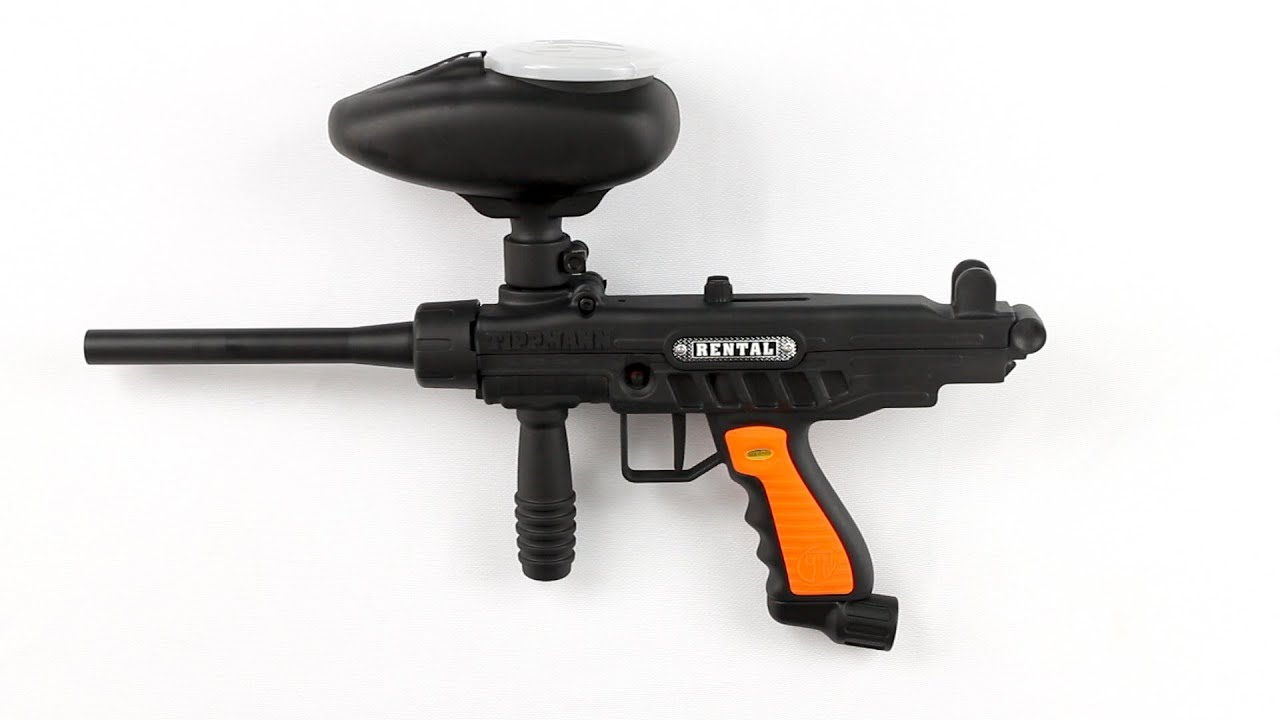
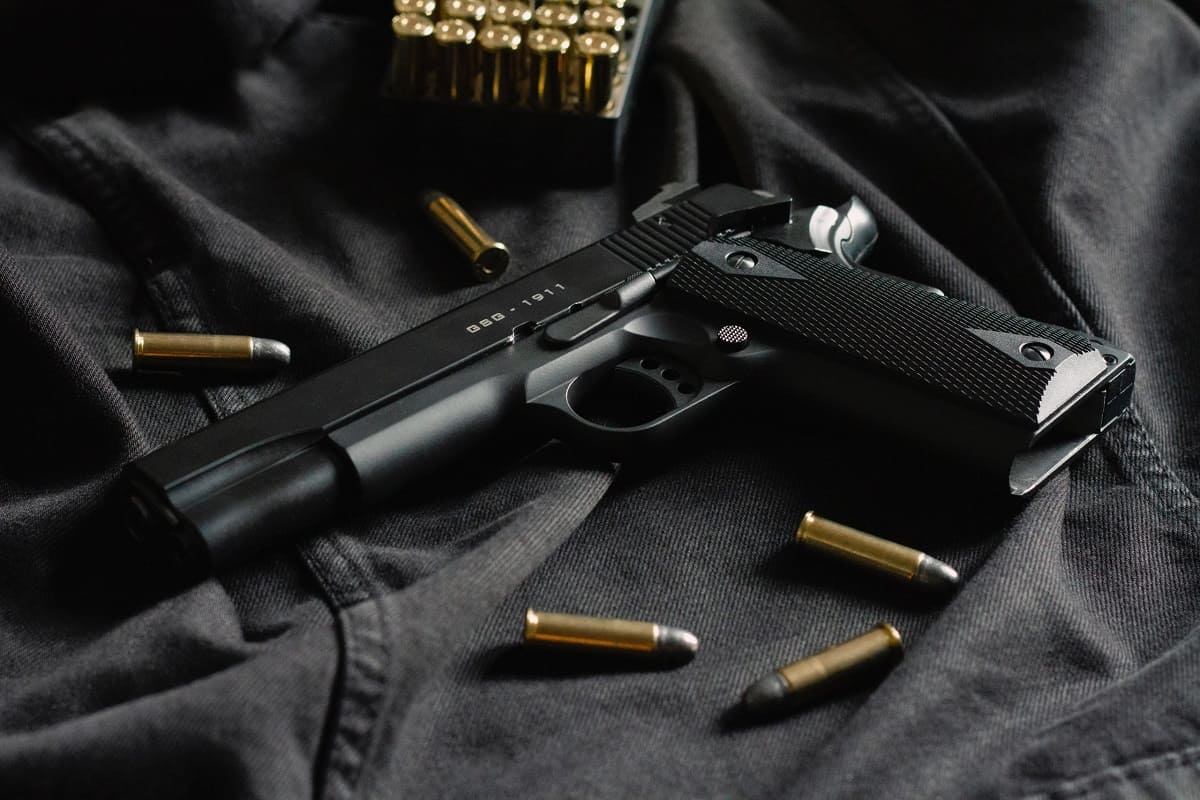
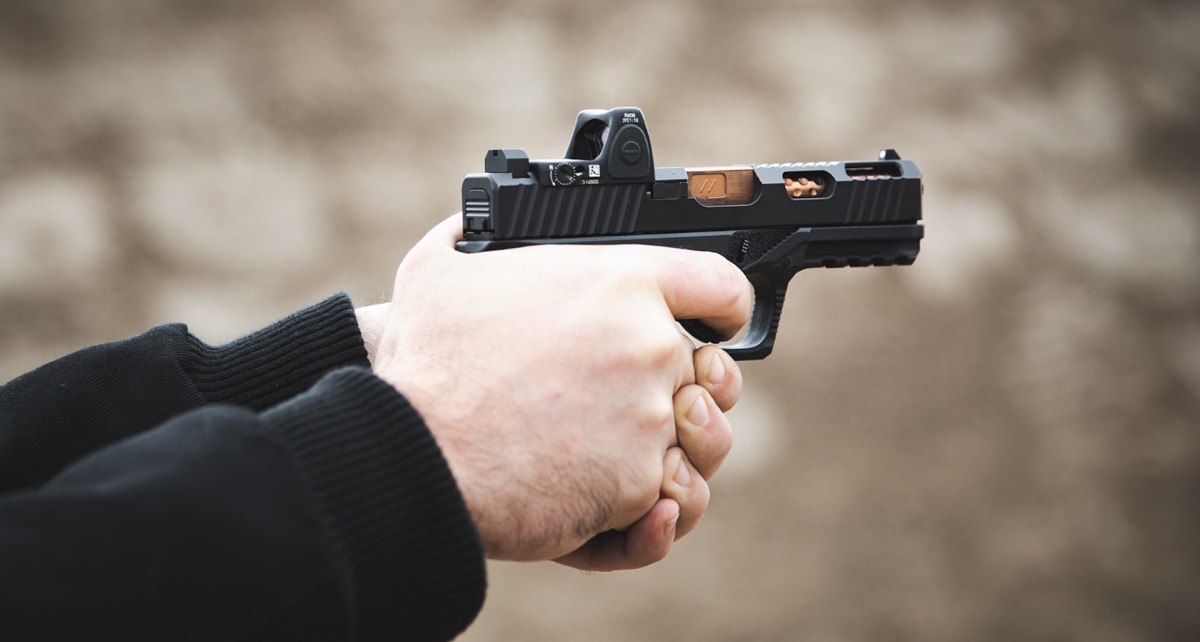
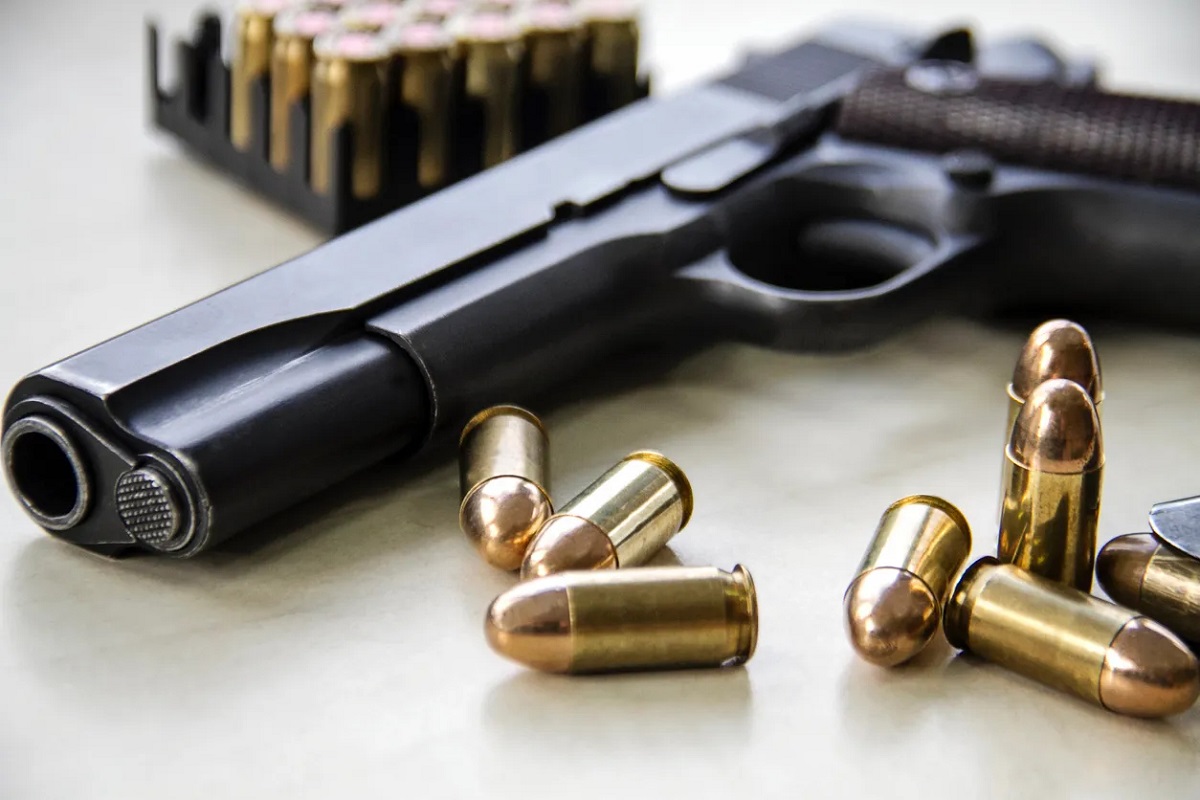

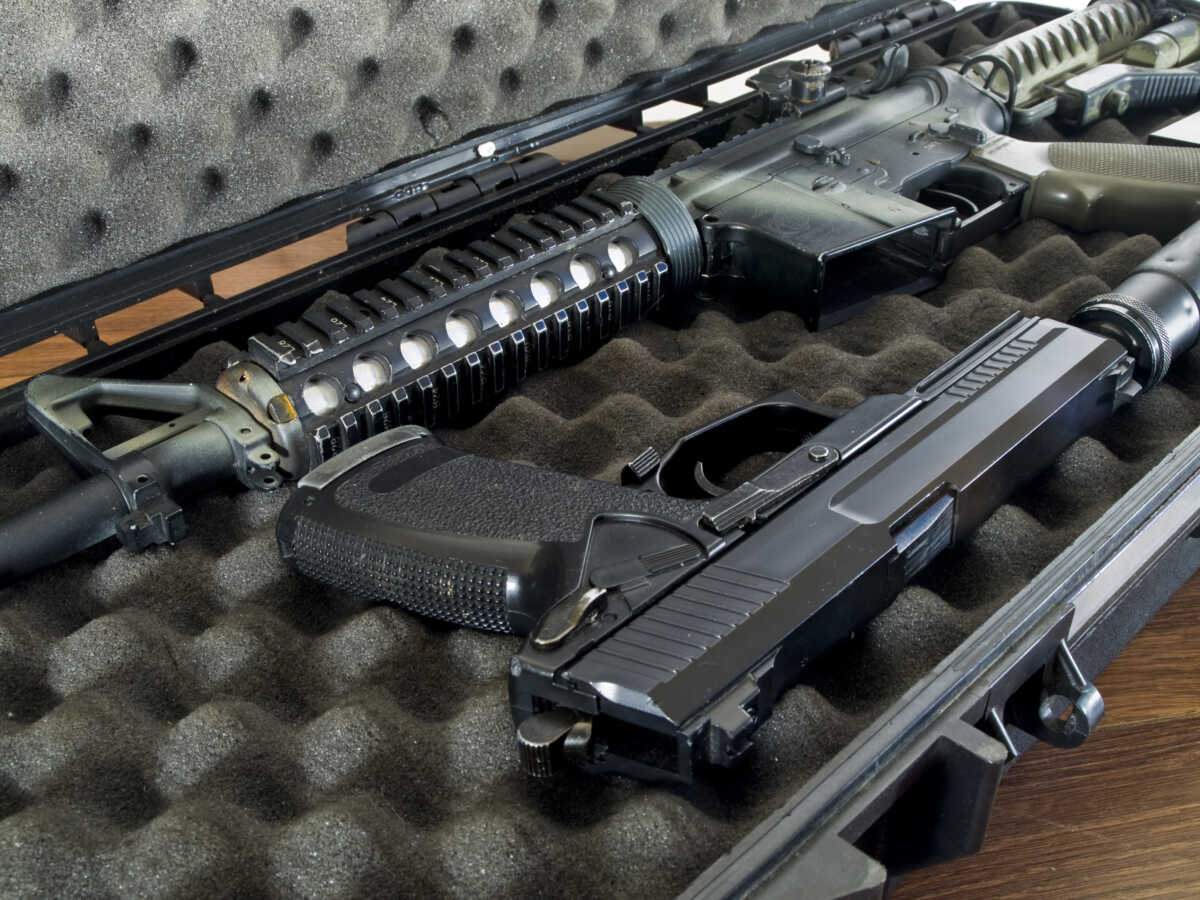
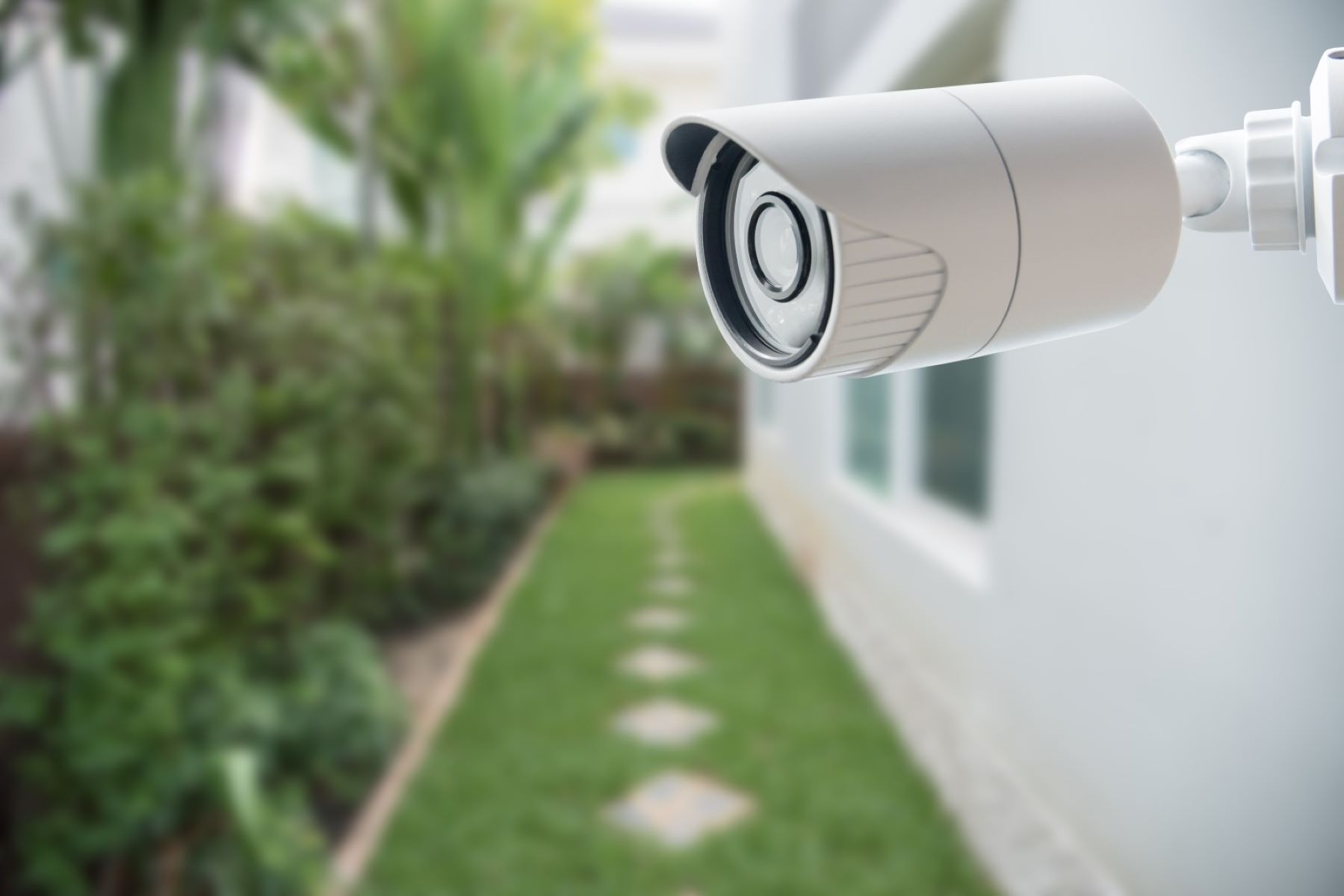

0 thoughts on “How To Store A Gun For Home Protection”